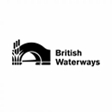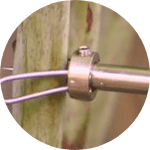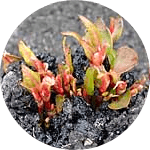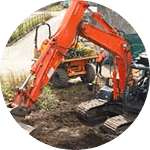Pirri-Pirri-Bur Removal & Control

The overview
Common Name: Pirri-pirri-bur
Latin name: Acaena novae-zelandiae
In Detail
- The plant is native to South-East Australia and New Zealand. It was originally bought to the UK as an ornamental plant in the early 1900’s and potentially via seeds in imported contaminated wool.
- Spread of the plant is through seed, dumping of garden material, and vegetatively via fragments of plant.
- The seed ‘burs’ can be transported long distances attached to animal furs and clothing.
- The plant prefers open dry ground but will grow in numerous habitats including sand dunes, heaths, cliffs and rough pastures where it forms dense mats of growth.
Images supplied by GBNNSS
Who we help
We have a long track record of managing some of the most complex sites in the country and have worked with the Environment Agency on several large flood alleviation projects, as well as providing advice to the majority of house builders and developers in the UK.
Click here to view who we help







Identification
- A mat forming, creeping perennial dwarf shrub which grows up to 11cm in height. Trailing stems can reach up to 1m. The leaves are bright green, growing 3-10 cm long. Leaves are deeply toothed with 5 to 6 leaflets on each side of the leaf, leaflets have a slightly wrinkled appearance.
- Pale green stems up to 11cm hold the flowers head. The densely packed flower head is spherical in shape and light green/ white in colour. Individual flowers are petal less.
- Once developed the seed heads, which contain many individual seeds, maintains its spherical shape. Seeds have reddish spines which are barbed at the tips.
- Seed heads remain visible over winter and can be used to identify the plant.
What’s the problem?
- Pirri-pirri-bur is non-native species with scattered distribution across the UK with local concentrations in places like Lindisfarne, Northumberland.
- The plant spreads by ball like hooked seeds which attach to animals fur and peoples clothing, potentially transporting seed over long distances.
- Once established it can form dense colonies displacing native species.
What are the Legal Implications? *England
- Pirri-pirri-bur is not currently listed as a Schedule 9 species under the Wildlife and Countryside Act 1981.
Control Methods
Mechanical Control
- The plants can be hand pulled, mechanically excavated and removed, although care should be taken to remove all of the plant material as broken stolen has the potential to propagate new colonies.
- Care should be taken to inspect clothing and animals to prevent the spread of the burs from areas where the plant is known to be present
Chemical Control
- Herbicide application can be effective at controlling populations however in environmentally sensitive areas this may not be the preferred option.
- Applications of herbicide are best made after the plant before it has flowered.
When treating large areas, a suitable grass and forb mix should be sown to prevent bare ground and colonisation of other unwanted species.
If you have concerns over Pirri-pirri-bur species on your land, if you are unsure of your legal responsibilities, or, if you would like a quotation for control, please contact one of our specialist surveyors. Treatment costs start at £380.00 + VAT.

Where we have worked
We operate nationwide with a Rapid Response Team on standby 7 days a week, to deal with the most urgent client enquiries.
We’re a dedicated team of professionals who share a great deal of experience. We invest heavily in the continual training of all our employees, ensuring you always have a highly qualified team working on your project with the latest industry accreditations.
Our process

1. Identify
Our first step is to identify if you have an invasive plant. For a quick ID, you can send us some photos. Alternatively, we can carry out a full site survey to confirm the extent of the infestation.

2. Solution
We will provide a range of treatment options individually tailored depending on your site requirements.

3. Quote
A detailed breakdown of costs for each phase of treatment will be provided, including on-going monitoring programmes with insurance backed guarantees.

4. Removal
Our experienced and professional in-house teams will carry out the treatment to the highest of standards to achieve full eradication. All works are carried out in accordance with the INNSA Code of Practice.

5. Treatment
A range of treatment solutions are available, from in-situ herbicide application to excavation and removal or burial. All carried out in-house by our experienced team.

